Introduction
Hawthorn water, a traditional herbal infusion cherished across cultures for its tangy flavor and potential health benefits, has gained renewed popularity in modern wellness circles. Derived from the dried or fresh berries, leaves, and flowers of the Crataegus plant, this beverage is celebrated for its ability to support digestion, boost cardiovascular health, and provide a refreshing alternative to caffeinated drinks. However, one question consistently arises among both novice brewers and seasoned enthusiasts: How long should hawthorn water be boiled to unlock its full potential? This article delves into the science, techniques, and cultural practices surrounding the boiling time of hawthorn water, offering a detailed roadmap to achieve the perfect balance of flavor and efficacy.
Understanding Hawthorn Water: Composition and Benefits
Before addressing boiling times, it is essential to grasp why hawthorn is valued in herbal medicine. Rich in antioxidants, flavonoids, and polyphenols, hawthorn berries contain compounds like vitexin and hyperoside, which studies suggest may support heart function, reduce inflammation, and improve blood circulation. The leaves and flowers, often included in brews, contribute additional phytonutrients, enhancing the beverage’s holistic benefits.
Boiling hawthorn serves a dual purpose: to extract these bioactive compounds and to mellow the berries’ natural tartness into a palatable drink. The duration of boiling directly impacts the concentration of these elements, making timing a critical variable in the brewing process.
Factors Influencing Boiling Time
The ideal boiling time for hawthorn water is not a one-size-fits-all answer. Several factors must be considered to tailor the brew to individual preferences and goals:
-
Type of Hawthorn Used
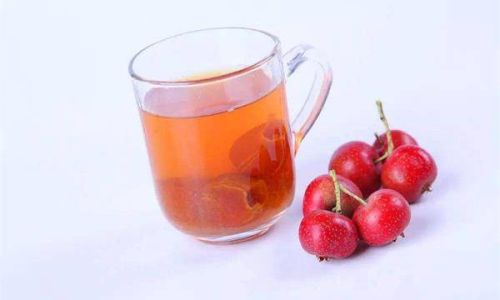
- Fresh vs. Dried Berries: Fresh hawthorn berries require longer boiling to soften and release their juices, typically 25–35 minutes. Dried berries, already concentrated, need 15–25 minutes.
- Whole vs. Crushed Berries: Crushing or slicing berries shortens boiling time by increasing surface area, allowing quicker extraction.
- Inclusion of Leaves/Flowers: Adding hawthorn leaves or flowers may reduce boiling time, as their delicate tissues infuse faster than berries.
-
Desired Strength and Flavor Profile
- A shorter boil (10–15 minutes) yields a mild, floral-tasting brew with subtle tartness.
- A moderate boil (20–30 minutes) balances flavor and potency, suitable for daily consumption.
- Prolonged boiling (35+ minutes) intensifies the taste and nutrient concentration, ideal for therapeutic use.
-
Altitude and Cooking Equipment
- At high altitudes, water boils at lower temperatures, potentially extending boiling time.
- Using a thick-bottomed pot retains heat better, ensuring consistent simmering, while a slow cooker allows for gentle, extended steeping.
Step-by-Step Guide to Boiling Hawthorn Water
Preparation
- Selecting Hawthorn: Opt for organic, pesticide-free berries. Dried hawthorn is available in most health stores, while fresh berries can be harvested in autumn.
- Cleaning: Rinse berries under cool water to remove debris. For dried berries, a quick soak (5 minutes) in warm water can rehydrate them slightly.
- Proportion: Use 15–20 grams of dried hawthorn (or 30–40 grams fresh) per liter of water. Adjust based on personal taste.
Initial Boiling Phase
- Place hawthorn and water in a stainless steel or enamel-coated pot. Avoid aluminum, which may react with acids in the berries.
- Bring to a rolling boil over medium-high heat. This typically takes 5–7 minutes, depending on stove power.
Simmering and Extraction
- For a Light Brew (15–20 minutes): Reduce heat to low immediately after boiling. Simmer gently, partially covered, to prevent excessive evaporation. This method preserves delicate flavors.
- For a Standard Brew (25–30 minutes): Maintain a steady simmer, stirring occasionally. The water will reduce slightly, concentrating the taste.
- For a Robust Brew (35–45 minutes): Continue simmering until the liquid reduces by 20–30%. Monitor closely to avoid burning.
Post-Boiling Steeping
- Remove from heat and let steep for an additional 5–10 minutes. This allows residual heat to complete the extraction process without overcooking.
Straining and Storage
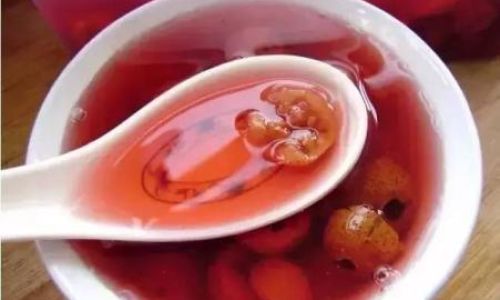
- Strain the mixture through a fine mesh sieve or cheesecloth to remove solids.
- Hawthorn water can be consumed hot, at room temperature, or chilled. Store in an airtight container in the refrigerator for up to 3 days.
Scientific Insights: Boiling Time and Nutrient Extraction
Research indicates that boiling hawthorn for 20–30 minutes optimizes the extraction of key compounds. A 2018 study published in the Journal of Ethnopharmacology found that simmering hawthorn for 25 minutes released 85% of its total flavonoids, while boiling beyond 40 minutes led to marginal gains but increased bitterness. Similarly, a 2020 analysis highlighted that prolonged boiling may degrade certain vitamins, such as vitamin C, though hawthorn’s vitamin C content is relatively low compared to other berries.
Cultural Practices and Regional Variations
Boiling times for hawthorn water vary globally, reflecting local traditions and culinary preferences:
- Traditional Chinese Medicine (TCM): Practitioners often recommend a 30-minute boil to maximize medicinal properties, followed by multiple infusions.
- Eastern Europe: In countries like Romania and Bulgaria, hawthorn tea is brewed for 15–20 minutes, sometimes blended with honey or mint.
- Modern Adaptations: Contemporary recipes advocate for a 20-minute boil, balancing health benefits with a palatable taste, often sweetened with stevia or agave.
Common Mistakes and How to Avoid Them
- Under-Boiling: Results in weak flavor and under-extraction of nutrients. Solution: Use a timer and adhere to recommended durations.
- Over-Boiling: Causes bitterness and nutrient degradation. Solution: Monitor the pot and reduce heat once boiling begins.
- Using Too Much Hawthorn: Overly concentrated brews can irritate the stomach. Solution: Start with the suggested ratio and adjust gradually.
- Ignoring Water Quality: Hard water may alter taste. Solution: Use filtered or spring water.
Enhancing Hawthorn Water: Flavor Pairings and Additives
While pure hawthorn water is revered for its simplicity, experimentation can elevate the experience:
- Sweeteners: Honey, maple syrup, or date sugar complement tartness.
- Spices: Cinnamon sticks, ginger, or cardamom pods add warmth.
- Citrus: A slice of lemon or orange zest brightens the flavor.
- Herbal Blends: Combine with chamomile, hibiscus, or rose hips for a complex infusion.
Health Considerations and Precautions
While hawthorn water is generally safe for most adults, certain groups should exercise caution:
- Pregnant or Nursing Individuals: Consult a healthcare provider before consumption.
- Medication Interactions: Hawthorn may interact with blood pressure or heart medications.
- Allergies: Those with pollen allergies or sensitivities to Rosaceae family plants (e.g., apples, cherries) should test a small amount first.
Conclusion: The Art and Science of Patience
Mastering the boiling time for hawthorn water is an exercise in balance—between tradition and innovation, flavor and function. Whether you prefer a delicate 15-minute simmer or a robust 40-minute brew, the key lies in understanding your ingredients, equipment, and desired outcome. By experimenting with durations and pairings, you can craft a beverage that not only tantalizes the taste buds but also supports your well-being. So, the next time you embark on brewing hawthorn water, remember: time is not merely a variable but a collaborator in creating nature’s elixir.
Final Thoughts
The quest for the perfect cup of hawthorn water is as much a journey of self-discovery as it is a culinary endeavor. Pay attention to the subtle shifts in aroma and color as the berries release their essence into the water. With practice, you’ll develop an intuition for the ideal boiling time—one that resonates with your palate and health goals. Here’s to savoring the fruits of patience, one sip at a time.
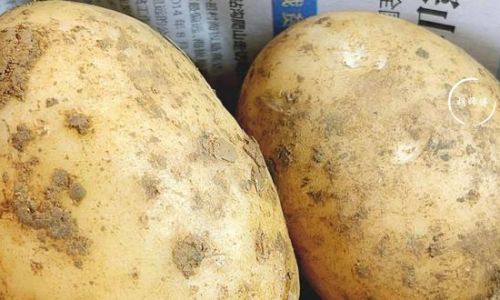

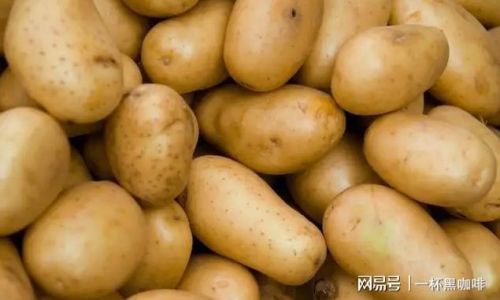
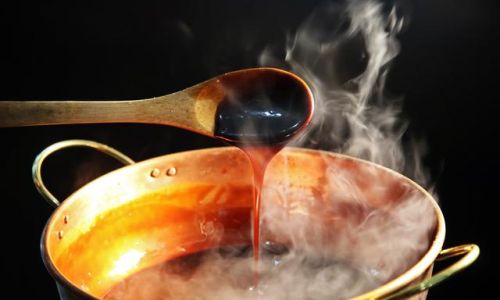
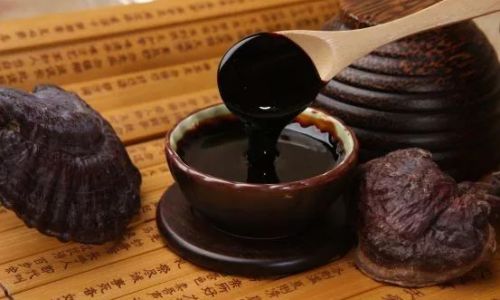
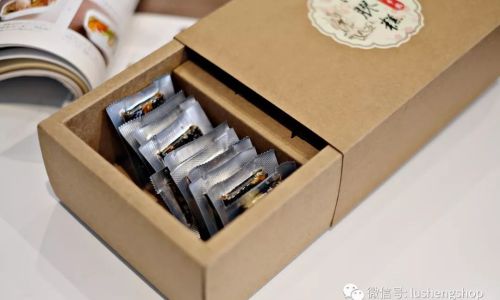
0 comments